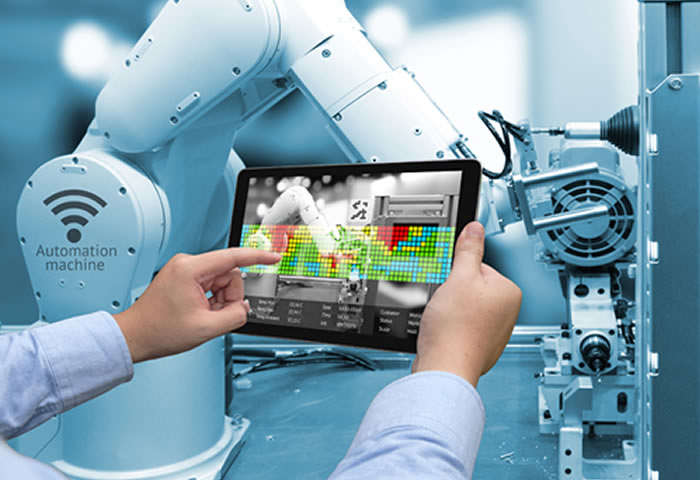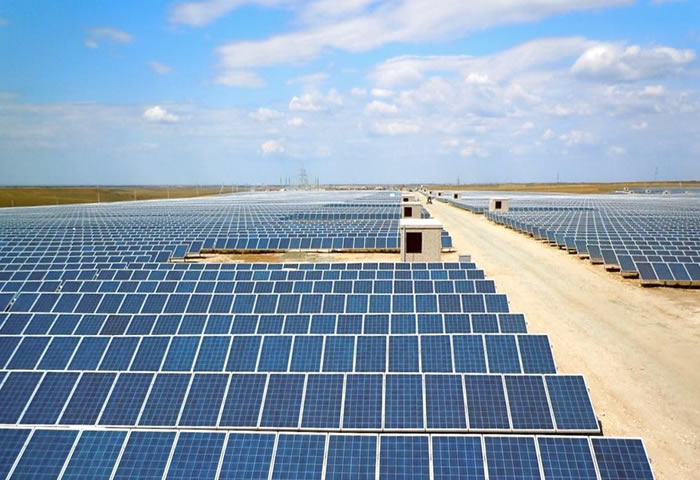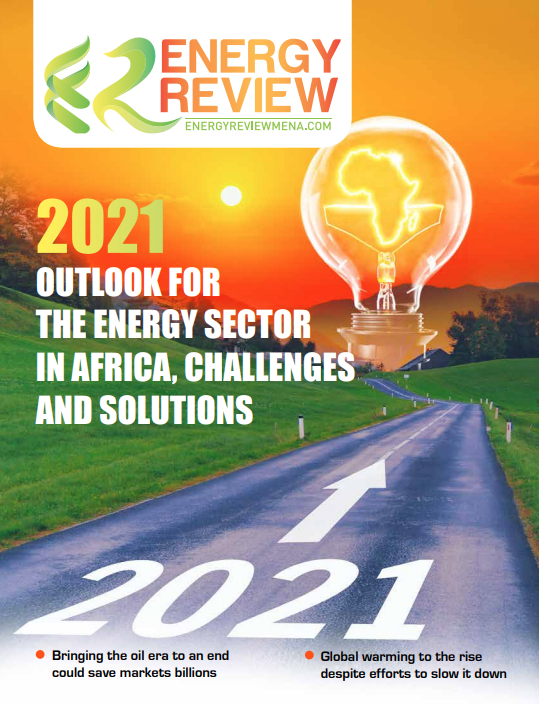Industry 4.0 is the origin of a new revolution – the much-hailed Fourth Industrial Revolution – a fusion of leading-edge production techniques and smart systems that integrate with organisations and people.
The Fourth Industrial Revolution, however, is not only about smart and connected machines and systems. Its scope is much wider. Occurring simultaneously are waves of further breakthroughs in areas ranging from gene sequencing to nanotechnology, from renewable energies to quantum computing. It is the fusion of these technologies and their interaction across the physical, digital and biological domains that make the Fourth Industrial Revolution fundamentally different from previous revolutions.
In discussions about the future, the energy industry is too often portrayed as being a laggard on technology and innovation. The reality is that the energy sector is highly competitive, a fact that constantly drives performance enhancements. It also has an ever-present desire to achieve further sustainability gains. These factors have inspired a new wave of technological development within the oil and gas sector. For example, Aramco is deploying 4IR solutions across its operations, from subsurface exploration to downstream development, to improve efficiency, reduce emissions, enhance reliability, optimize costs and unlock new opportunities.
The Khurais facility is a prime example. It is the largest intelligent oil field in the world, equipped with Industrial Internet of Things (IIoT) devices and digital twin technology, which enables remote operation using real-time 3D Virtual Reality (VR) software.
The site harnesses Big Data analytics, machine learning, smart sensors and a remaining useful life forecasting system. Industrial robotics and UAVs perform inspection functions, improving diagnostic capabilities and efficiency. It is also the first oil field with Advanced Process Control (APC) for smart production rate adjustments, while two patents have been received for a smart performance monitoring application that uses predictive and prescriptive analytics to optimize fuel gas in boilers, contributing to fuel gas savings and reducing CO2 emissions. Meanwhile, a pipeline management system provides pipe leak detection and real-time security alerts using 24/7 fiber optic network sensing, contributing to an improvement in safety and environmental performance.
These advanced technologies have enabled us to reduce overall power consumption at Khurais by 18%, slash maintenance costs by 30% and cut inspection times by 40%. In addition, they have enhanced reliability by 50% and increased operational response times by 100%.
Technology has helped to ensure uninterrupted production throughout the COVID-19 pandemic. It has also revolutionized jobs without replacing them. For example, before the digital transformation most plant and field operation activities required physical human intervention, with process modifications and enhancements determined by individual experts. Now, operators make decisions based on information obtained through real-time IIoT controlling systems.
Such innovations can only be achieved through ongoing investment in the oil and gas sector. By optimizing its operations, the hydrocarbon industry can further contribute towards a more sustainable future and play a key role in advancing the clean energy transition.
Talking about clean energy, solar energy is a great sustainable alternative for fossil fuels. The use of solar energy has previously been hindered by high costs, but by harnessing new technologies driven by the fourth industrial revolution (4IR), it may be possible to reshape the future of solar by increasing efficiency, lowering costs and making it more accessible for all.
A recent study by the Carnegie Institution for Science found that clean energy, including solar power, with increased investments in storage and technology, could meet up to 80 percent of energy needs in the US alone, and solar is often touted as the obvious solution for the nearly 600 million Africans who live without electricity. Ambitious renewable energy targets, of which solar energy will be a key component, have been set. For example, the EU has outlined a 40% cut in greenhouse gas emissions (from 1990 levels), with at least a 27% share for renewable energy, and a 27% improvement in energy efficiency by 2030 in its “2030 Climate and Energy Package”. In addition, six of the UN’s 17 Sustainable Development Goals apply directly to the environment and humans’ influence over it, including combatting climate change, providing clean affordable energy.
Until now, the development of solar power has been hindered by a lack of technology that can effectively capture sunrays and store them for when the sun is not shining. Developing cheaper, more efficient solar technology is key to the industry’s growth and 4IR offers unparalleled opportunities to overcome these challenges.
Unlike the previous big revolutions, where the main resources used to produce energy for advancements, such as the steam train, were coal, 4IR is supported by the established digital economy and is based on rapid advances in AI, IoT and robotics to name a few.
AI technology can help reduce the man hours spent on due diligence and could lead to optimised energy system forecasting, smart grids for electricity use. It could also improve energy storage. AI-capable “virtual power plants” could integrate, aggregate and optimise the use of solar panels using sensors attached to solar power generation plants.
There are numerous other technologies that fall within 4IR that could make solar energy more efficient. Drones, for example, could become the primary tool for carrying out effective and efficient inspections and installations of solar panels. Using thermal imagery capture and analytics drones could reduce the amount of time workers spend installing the panels, reduce the potential for measurement errors and simplify the maintenance of existing systems. In addition, Big Data could help solar plants become more reliable by providing the results from detailed analysis on which to base decisions, and Internet of Things (IoT) sensor systems could ensure that energy is provided to customers only when they need it, which could drive efficiency and reduce waste and cost.











